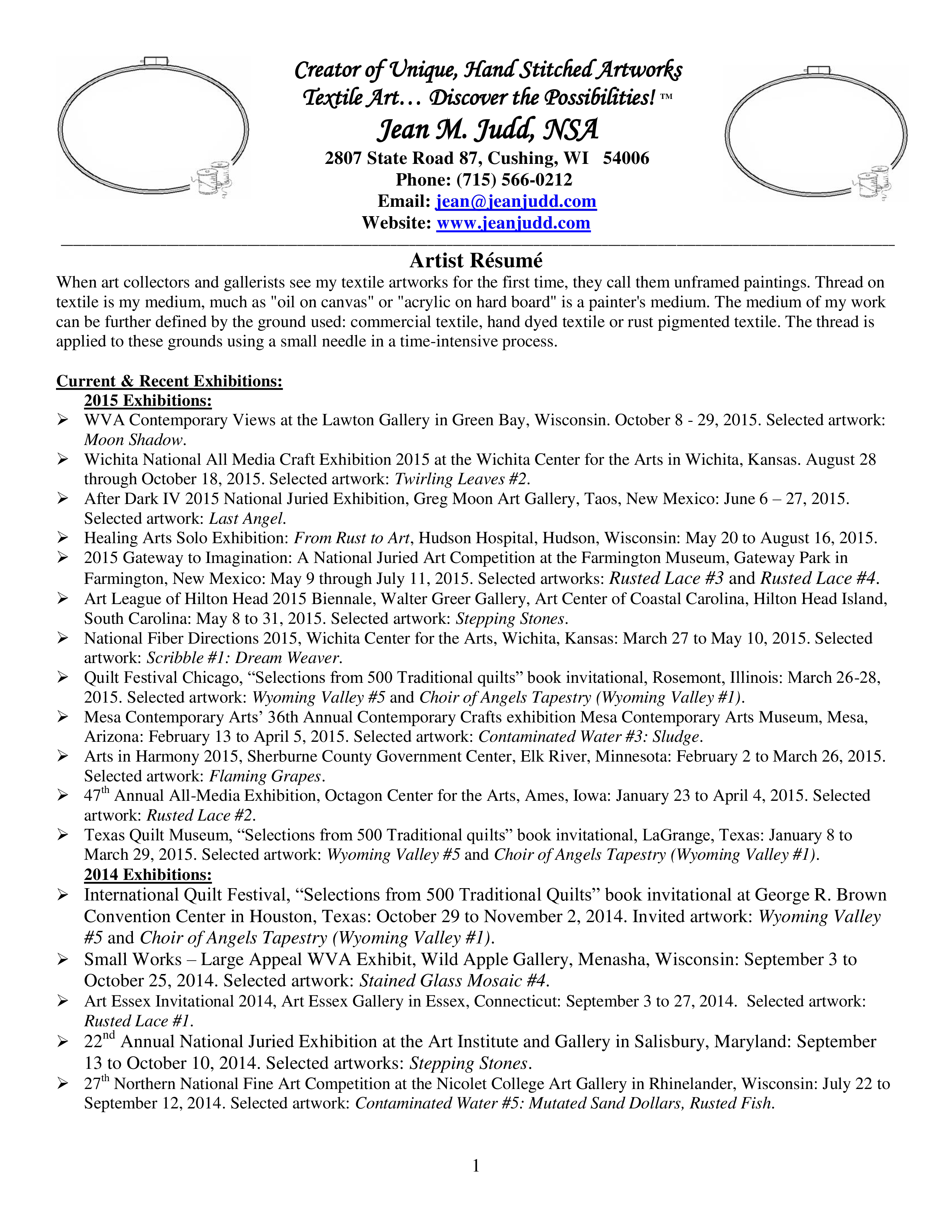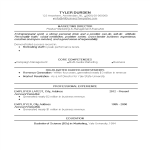Artist Resume

Speichern, ausfüllen, drucken, fertig!
How to grab your futures employers’ attention when you are applying for an Art project as Artist? Download our sample template which is designed to showcase your skills and accomplishments in a way that clearly demonstrates your qualification.
Verfügbare Gratis-Dateiformate:
.pdf- Dieses Dokument wurde von einem Professional zertifiziert
- 100% anpassbar
Resume Lebenslauf CV Lebenslauf artist resume Künstler Lebenslauf art Kunst artwork Kunstwerk artist Künstler cv sample Lebenslauf Probe Culture Kultur Artificial Objects Künstliche Objekte Art Media Kunstmedien Communication Design Kommunikationsdesign Arts Kunst Visual Arts Bildende Kunst Painting Malerei Center Mittelpunkt
How to grab your future employers’ attention when you are applying for an art project as an artist? How to draft an artist resume that will impress your future customers? Our templates are designed to showcase your skills and accomplishments in a way that clearly demonstrates your qualifications. Plus, they are easy to use and customize, so you can create the perfect resume in no time.
An artist's resume, also known as an artist's CV (curriculum vitae), is a document that provides a detailed and comprehensive overview of an artist's professional background, artistic accomplishments, education, exhibitions, awards, and other relevant information. It serves as a vital tool for artists, whether they work in visual arts, performing arts, or any other creative field, to present their qualifications, achievements, and artistic journey to potential employers, galleries, clients, or grant organizations.
Key elements typically included in an artist's resume may consist of:
- Contact Information: The artist's name, address, phone number, email address, and website or online portfolio links.
- Artistic Statement or Objective: A brief statement that summarizes the artist's artistic philosophy, style, and objectives.
- Education: Details about the artist's formal education, including degrees earned, the names of institutions, and graduation dates.
- Exhibitions: A list of exhibitions where the artist's work has been displayed, including solo and group exhibitions, the name of the venue, location, and dates.
- Awards and Honors: Any awards, grants, or honors received for artistic achievements, along with the dates they were received.
- Publications: Information about publications, articles, books, or catalogs featuring the artist's work or contributions.
- Collections: If the artist's work is part of public or private collections, details about the collections and collectors may be provided.
- Professional Experience: Any relevant work experience, such as artist residencies, teaching positions, or other roles within the art community.
- Skills: A list of artistic skills, techniques, and mediums in which the artist specializes.
- Memberships: Any professional associations or organizations of which the artist is a member.
- Commissions: A list of commissioned works or projects the artist has completed.
- Bibliography: A list of references to the artist's work in books, magazines, catalogs, or other publications.
- Lectures and Workshops: Information about any lectures, workshops, or presentations the artist has conducted or participated in.
- References: On occasion, an artist's resume may include references from individuals who can attest to the artist's skills and professionalism.
An artist's resume should be well-organized, clear, and concise. It is a document that helps artists showcase their qualifications and achievements to a wide range of stakeholders, including galleries, potential clients, grant organizations, and academic institutions. The content and format of an artist's resume can vary based on the individual's artistic discipline and experiences.
Our resume templates have ways to grab your employer’s attention. Every other essential piece of your document is covered. After downloading and filling in the blanks, you can customize every detail and appearance of your resume and finish in minutes.
Print out your Artist Resume template now!
HAFTUNGSAUSSCHLUSS
Nichts auf dieser Website gilt als Rechtsberatung und kein Mandatsverhältnis wird hergestellt.
Wenn Sie Fragen oder Anmerkungen haben, können Sie sie gerne unten veröffentlichen.

